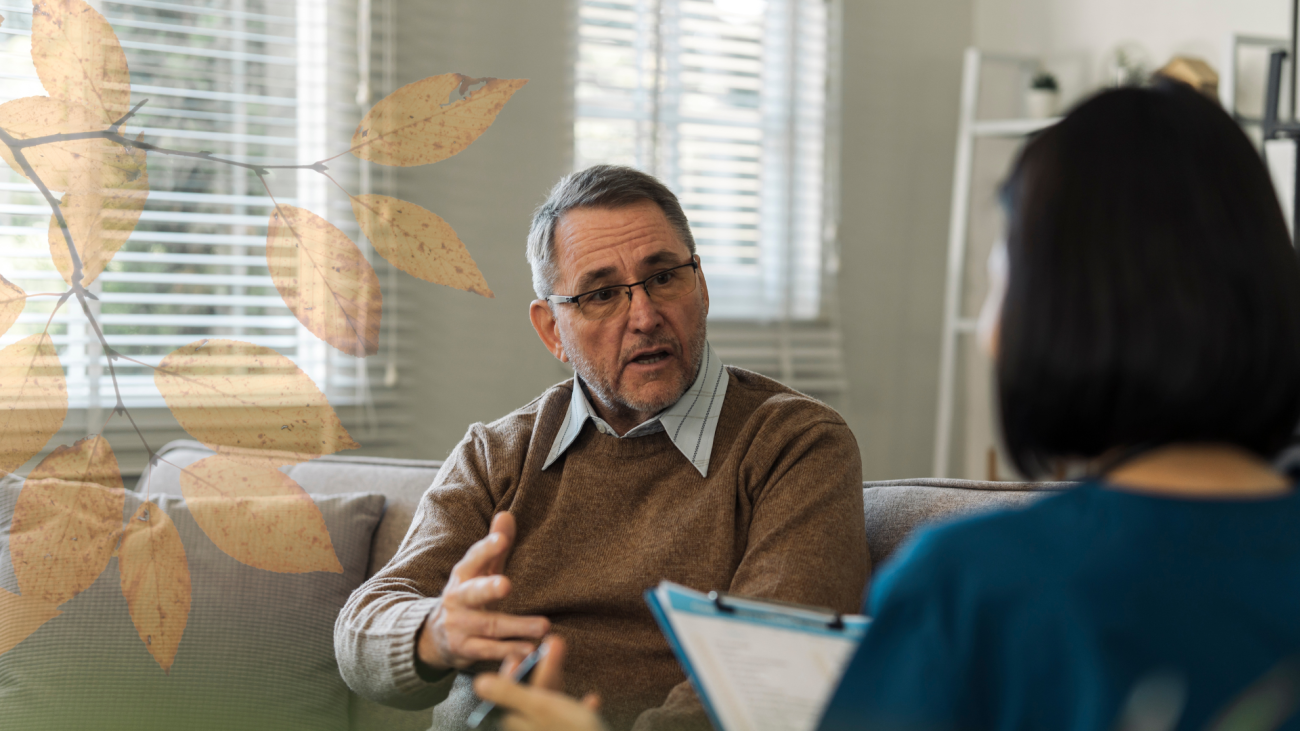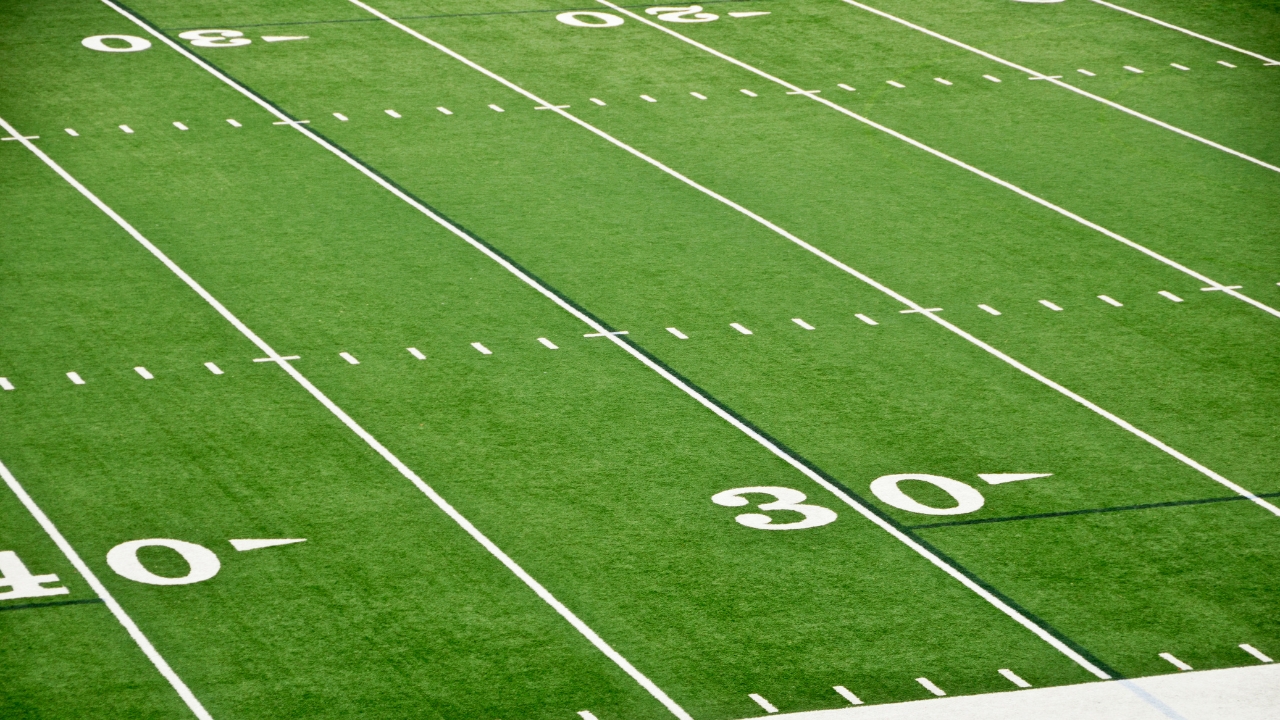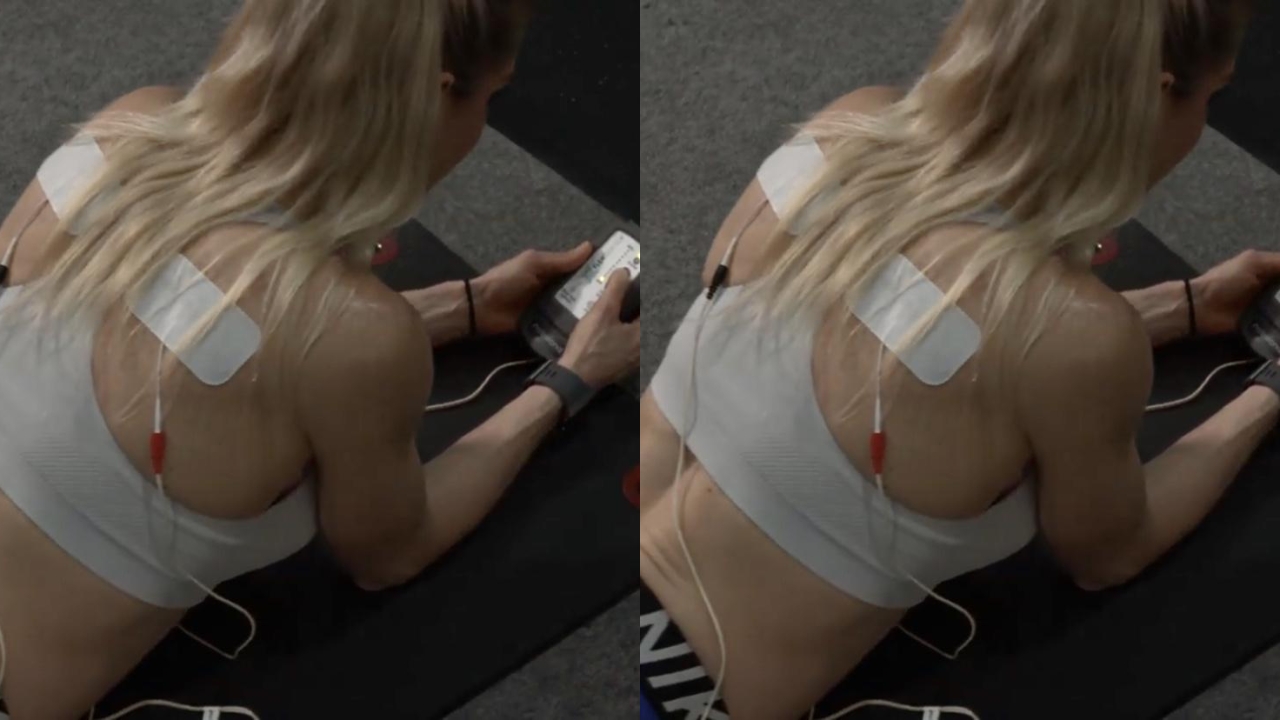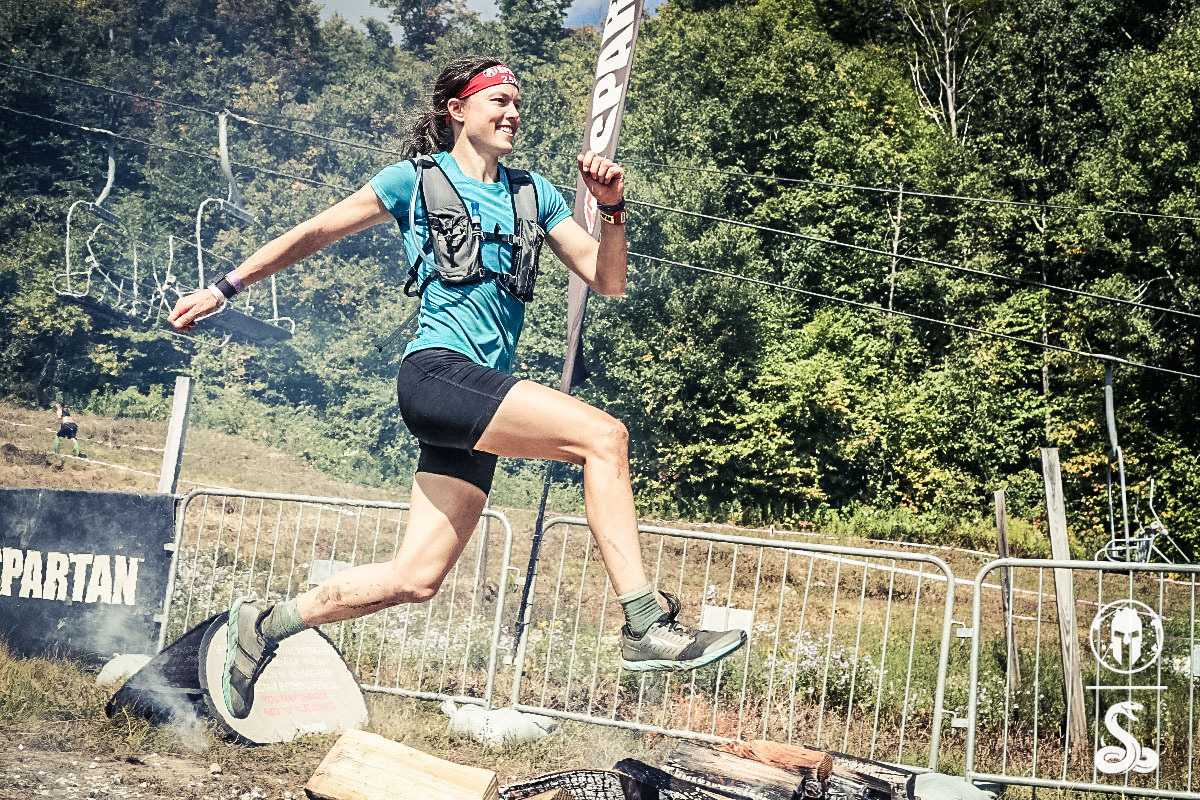
ARPwave Resources
Pickleball, Tennis, and Racquetball – Oh My!
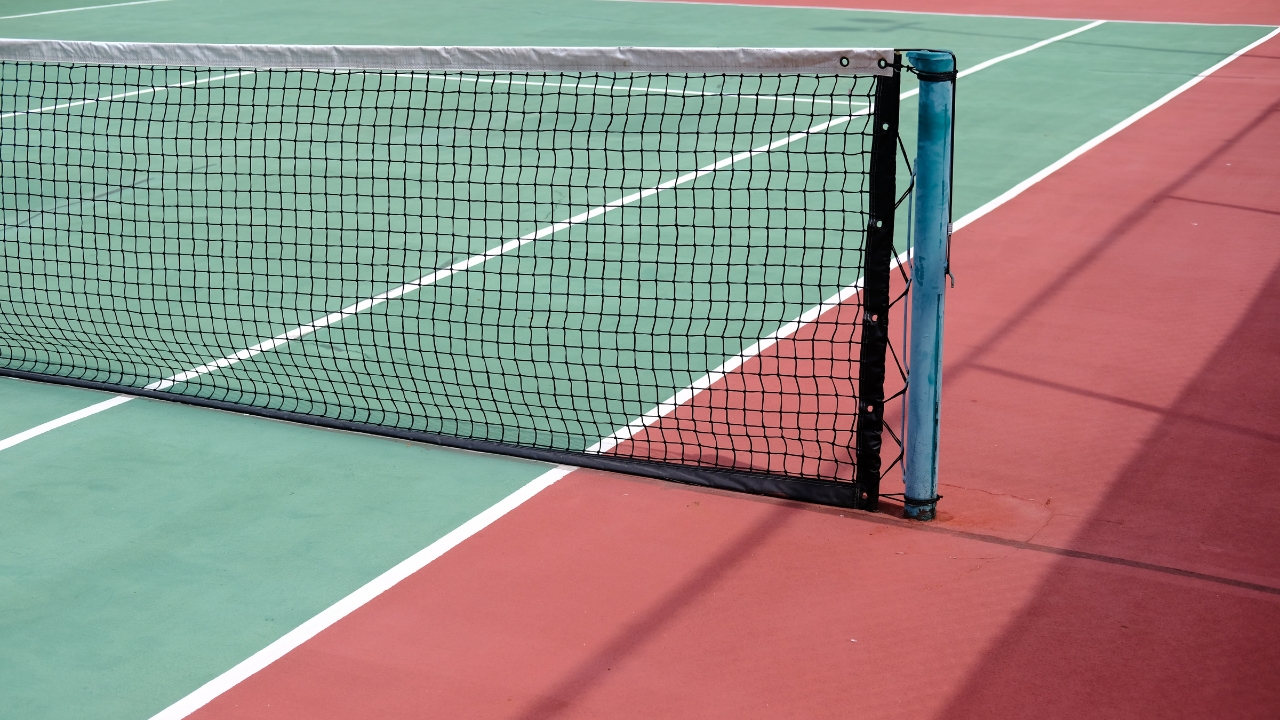
How ARPwave Can Keep You in the Game
Pickleball is booming. Tennis is as competitive as ever. Racquetball, though less mainstream, continues to thrive in fitness centers across the country. Whether you’re casually playing on weekends or competing in tournaments, these racquet sports have one thing in common: they demand agility, speed, hand-eye coordination, and—most importantly—resilience from your muscles and joints.
But here’s the not-so-fun part: they also come with a high risk of injury.
The Common Culprits
- Pickleball tends to affect the knees, shoulders, and lower back—especially due to quick stops, lateral movements, and awkward reaches.
- Tennis often brings on tennis elbow, rotator cuff issues, and Achilles tendinitis.
- Racquetball can strain the hamstrings, hips, and shoulders due to its fast pace and enclosed court dynamics.
These repetitive stress injuries don’t just hurt; they can sideline you for weeks—or even months. That’s where ARPwave comes in.
Why Shoulder Injuries Are So Prevalent
Among all racquet sports injuries, shoulder problems rank among the most common and persistent. Overhead serves, smashes, and rapid directional changes place constant stress on the shoulder joint—particularly the rotator cuff and surrounding muscles.
Did you know?
- Shoulder injuries account for up to 30% of all tennis-related injuries.
- In pickleball, the shoulder is one of the top three most injured areas, especially among players over 40.
- Racquetball’s explosive movements can aggravate past shoulder issues or create new ones, even in highly conditioned athletes.
These injuries often develop gradually due to repetitive strain, poor mechanics, or old compensations. Once the shoulder is compromised, your whole game can suffer—along with your quality of life.
Enter ARPwave: Next-Level Recovery and Performance
ARPwave (Accelerated Recovery Performance) is a revolutionary neurotherapy that doesn’t just treat symptoms—it targets the root cause of pain and dysfunction. Unlike traditional therapies that often focus on the site of pain, ARPwave works by re-educating the nervous system, restoring proper muscle function, and dramatically speeding up recovery.
Here’s how ARPwave helps racquet sport athletes:
✅ Injury Prevention
By identifying and correcting neuromuscular imbalances before they turn into injuries, ARPwave helps you move more efficiently and reduce strain on vulnerable joints and tendons.
✅ Faster Recovery
Strained shoulder? Tweaked knee? Pulled hamstring? ARPwave can cut recovery time in half (or more), so you’re not watching from the sidelines longer than necessary.
✅ Pain Relief Without Medication
Whether you’re dealing with chronic tennis elbow or acute muscle soreness after a weekend tournament, ARPwave delivers real relief—without drugs or invasive procedures.
✅ Improved Performance
Many athletes report greater range of motion, increased strength, and quicker reflexes after ARPwave sessions. When your muscles fire correctly and your nervous system is in sync, you play better. Period.
Real Results, Real Fast
Professional athletes in the NFL, MLB, UFC, and Olympic sports have trusted ARPwave for years. Now, weekend warriors and everyday athletes are discovering the same benefits.
If you’re tired of sitting out matches, nursing recurring injuries, or just want to give your body the edge it deserves—ARPwave can be your game-changer.
Final Serve
Pickleball, tennis, and racquetball aren’t going anywhere. In fact, they’re growing in popularity—and so are the injuries that come with them. Don’t wait until pain takes you off the court. Stay strong, move better, and recover faster with ARPwave.
Because the only thing you should be sidelining… is your opponent.


